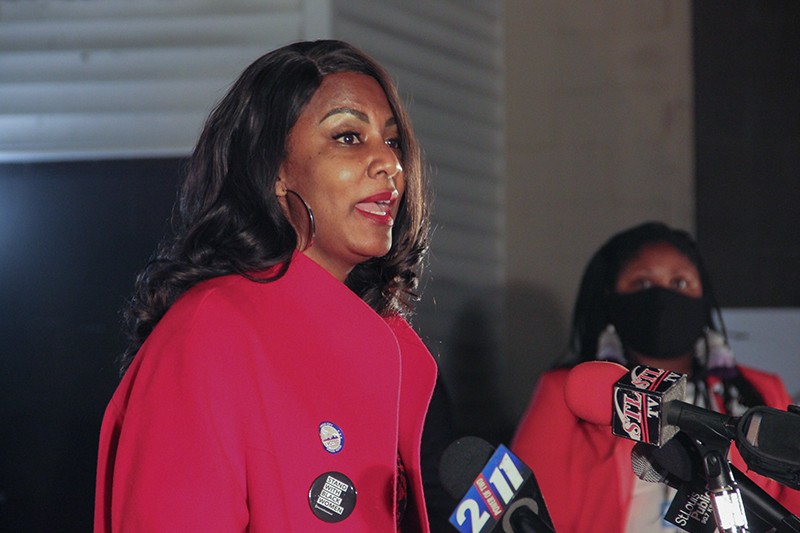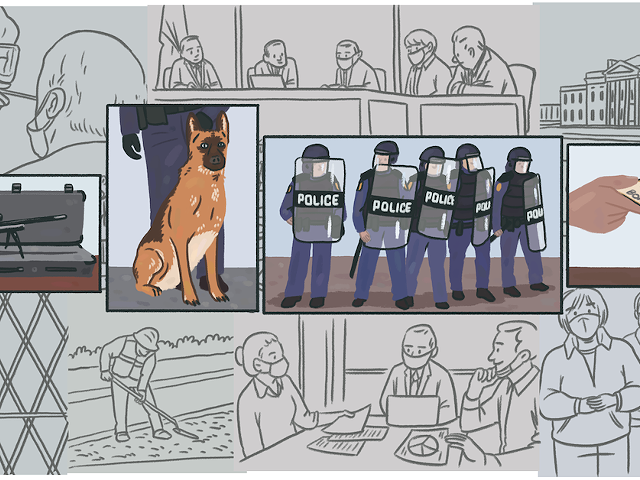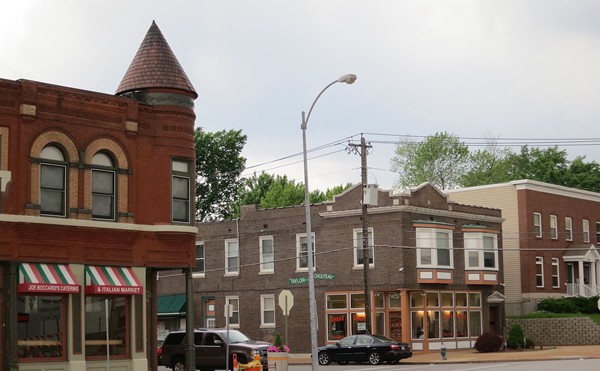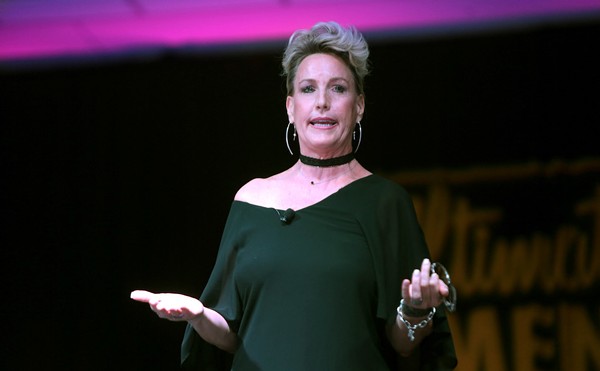St. Louis Mayor to Join Reparations Event This Weekend
Mayor Tishaura Jones has supported providing reparations to Black St. Louisans in the past
[
{
"name": "GPT - Leaderboard - Inline - Content",
"component": "41932919",
"insertPoint": "5th",
"startingPoint": "3",
"requiredCountToDisplay": "3",
"maxInsertions": 100
}
]
This story originally appeared in the Missouri Independent.
Reparations is often something people hear about in an international setting — such as ongoing reparations that are paid to Holocaust survivors or reparations South Africa paid to apartheid victims.
This weekend, elected officials — including St. Louis Mayor Tishaura Jones and Congresswoman Cori Bush — will gather for a “Reparations Block Party and Teach-in” with advocates and city residents to talk about what reparations could look like for Black St. Louisans.
“It’s really important to ground ourselves in a history that is specific to St. Louis that has led to a lot of structural divestment, which has a real impact on our reality,” said Kayla Reed, executive director of the advocacy group Action St. Louis, one of the event’s organizers.
On Saturday from 11 a.m. to 2 p.m., they will gather at Central Baptist Church downtown to learn about the history of racial inequities in St. Louis.
Organizers are hopeful the mayor will have news to share about a plan to create a reparations committee for the city. A spokesman for the mayor couldn’t say if Jones would make an announcement in an interview with The Independent, but said that she “looks forward to conversations on Saturday.”
In December, a coalition of over 25 local community organizations delivered a memo to the mayor asking her to map out a plan for reparations.
Then in June, the coalition published the memo, again asking Jones to establish a reparations commission to explore the history of race-based harms in the city. Their request includes six months of “deep engagement” with community members to allow them to discuss past harms and envision the city’s future.
“What needs to be built to raise the life expectancy of Black residents in North City?” Reed said. “What needs to be built to create equitable containers around housing development that actually creates investment in North City and other pockets?”
Residents living in some majority Black neighborhoods in St. Louis have a life expectancy that’s 18 years lower than residents of majority white neighborhoods less than 10 miles away, according to a 2015 regional health study.
Another study in 2018 found that for over a century, Black St. Louis residents experienced housing policies and development strategies that trapped generations in segregated and disinvested neighborhoods.
The St. Louis Board of Aldermen passed legislation in April establishing two reparations funds to “support African Americans who have been victims of the effects of slavery” and provide economic development for disinvested neighborhoods.
Jones supported and signed the bill, making her the first St. Louis mayor to publicly support a local reparations action.
Other cities have already started to implement reparation strategies, said Blake Strode, executive director of the nonprofit law firm ArchCity Defenders.
He pointed to Evanston, Illinois, where the city council committed $10 million in 2019 to fund local reparations for the harm done to Black residents from its past discriminatory practices in housing and economic development.
The council found sufficient evidence that city zoning ordinances between 1919 and 1969 led to gaps in wealth and opportunity for Black residents. Now they are providing grants to impacted Black families up to $25,000 to purchase a home, home improvement or mortgage assistance.
“If you live in St. Louis, you have a stake in this,” Strode said, “and should have an interest in the important work of telling the truth, repairing harms, and fighting for justice for all St. Louis.”
A separate march and rally for reparations was coincidentally planned for Saturday by another group, The Uhuru Solidarity Movement, which is touring the country.
“It underscores the level of interest and passion around this in St. Louis,” he said, “because those were conceived differently and led by different groups of people. But it shows the solidarity around this work.”






